Three-phase Voltage Source Inverter (VSI)
This example generates three phase alternating currents from a voltage source inverter in an open loop manner. It can be used in a grid-forming application.
These notes present solutions for the implementation of control software, with practical, imperix-related aspects in mind. They mostly focus on one specific subsystem and may link to other technical notes if needed. Technical notes are application-independent.

This example generates three phase alternating currents from a voltage source inverter in an open loop manner. It can be used in a grid-forming application.
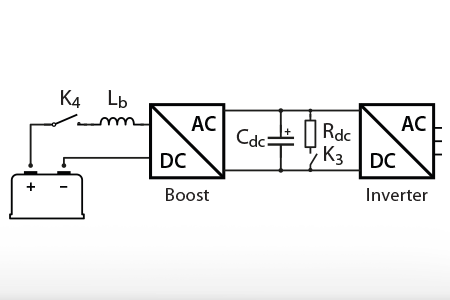
In voltage source converters, pre-charging the inverter DC bus is required before connecting it to external voltage sources, so that to avoid inrush currents that may be destructive.
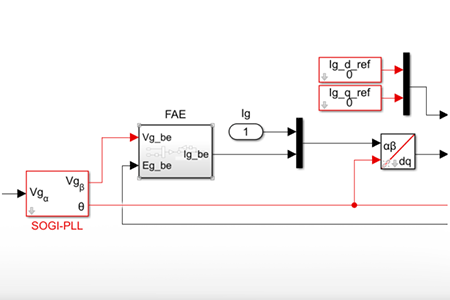
Fictive axis emulation is a vector control technique that is mostly used in single-phase inverter applications, where the second axis β of a rotating reference…
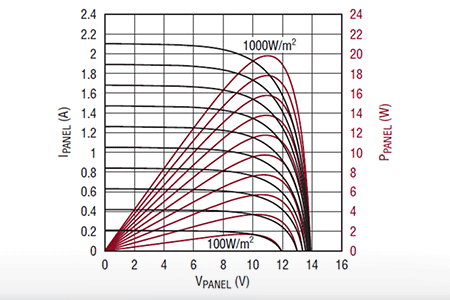
Some power sources, like solar panels, present power characteristics that strongly depend on the operating conditions. In such cases, Maximum Power Point Tracking (MPPT) is often applied to maximize the extracted power.
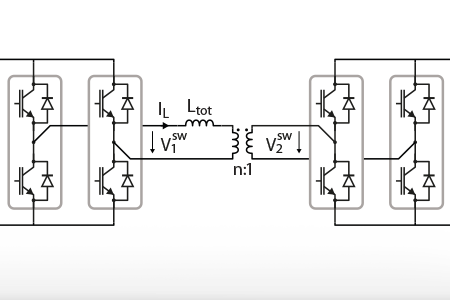
This note presents several modulation techniques to operate a Dual Active Bridge (DAB) converter. First, the topology and the theoretical aspects of the Dual Active…
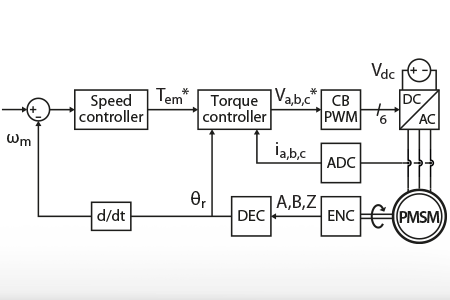
This technical note explains how to implement speed control for an electric motor. First, the note introduces the general operating principles of motor speed control,…
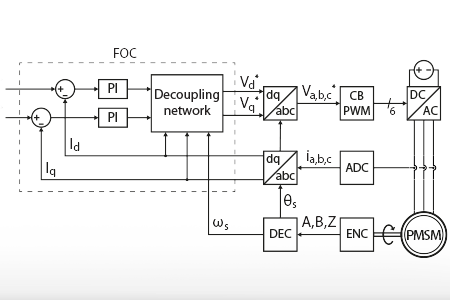
The Field-Oriented Control (FOC) method is a motor control strategy that orients the stator current vector in a rotating reference frame of the machine.

A proportional resonant control can be seen as the implementation of PI controllers within a rotating reference frame (dq), which allows to re-locate the infinite DC gain at desired frequency.
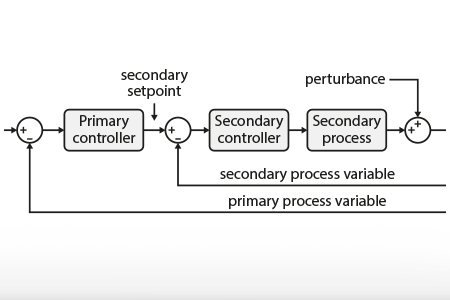
This note introduces the general operating principles of cascaded control and then details a possible design methodology. Then, an example of cascaded voltage control for a boost converter is provided.
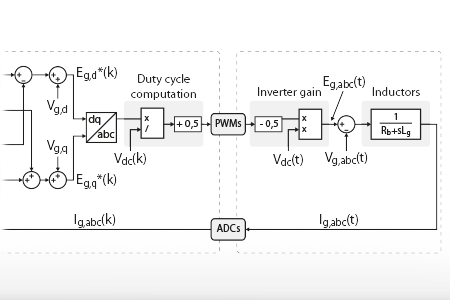
Vector current control is a widespread current control technique for three-phase AC currents, which uses a rotating reference frame, synchronized with the grid voltage (dq-frame)
End of content
End of content